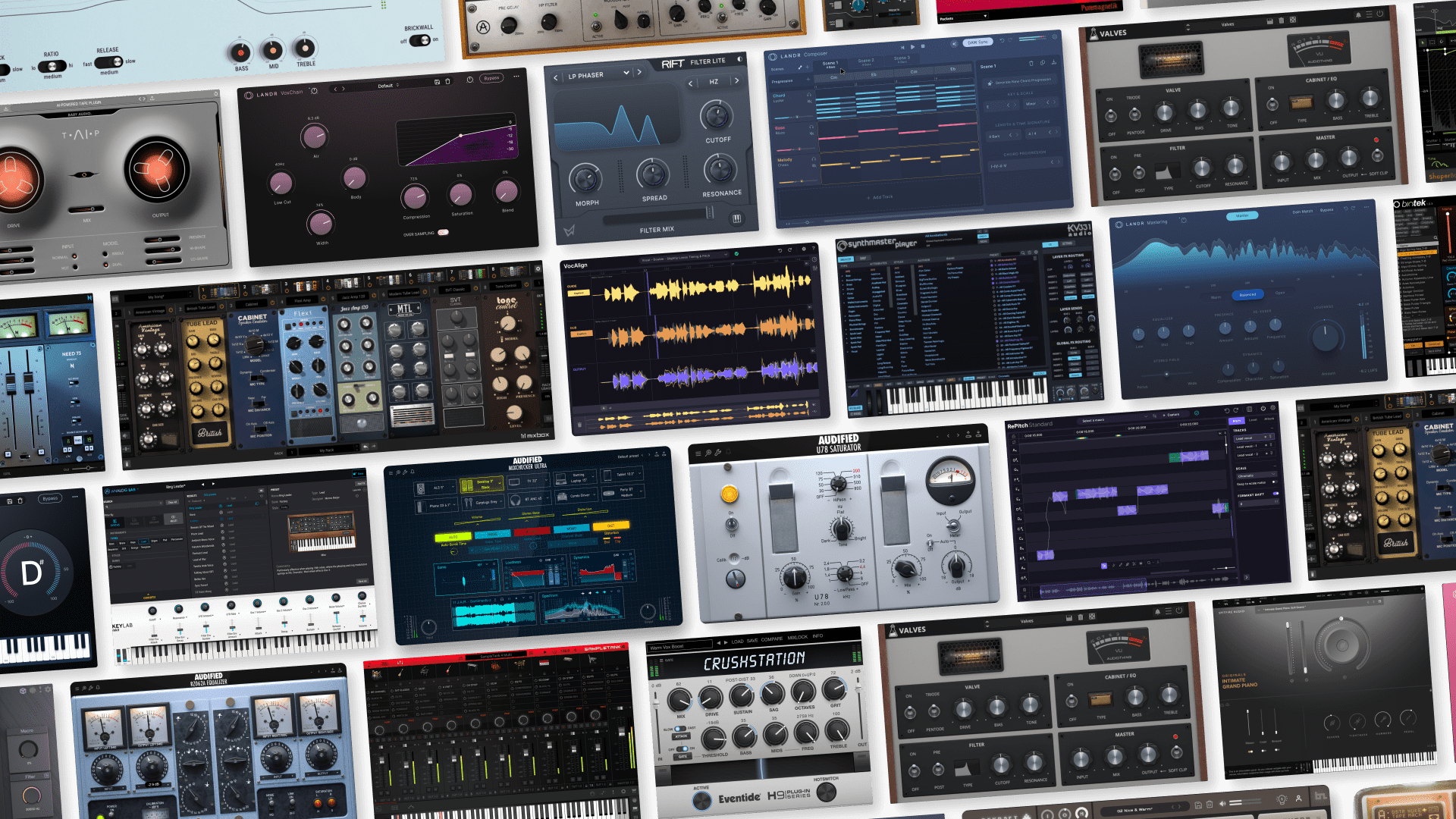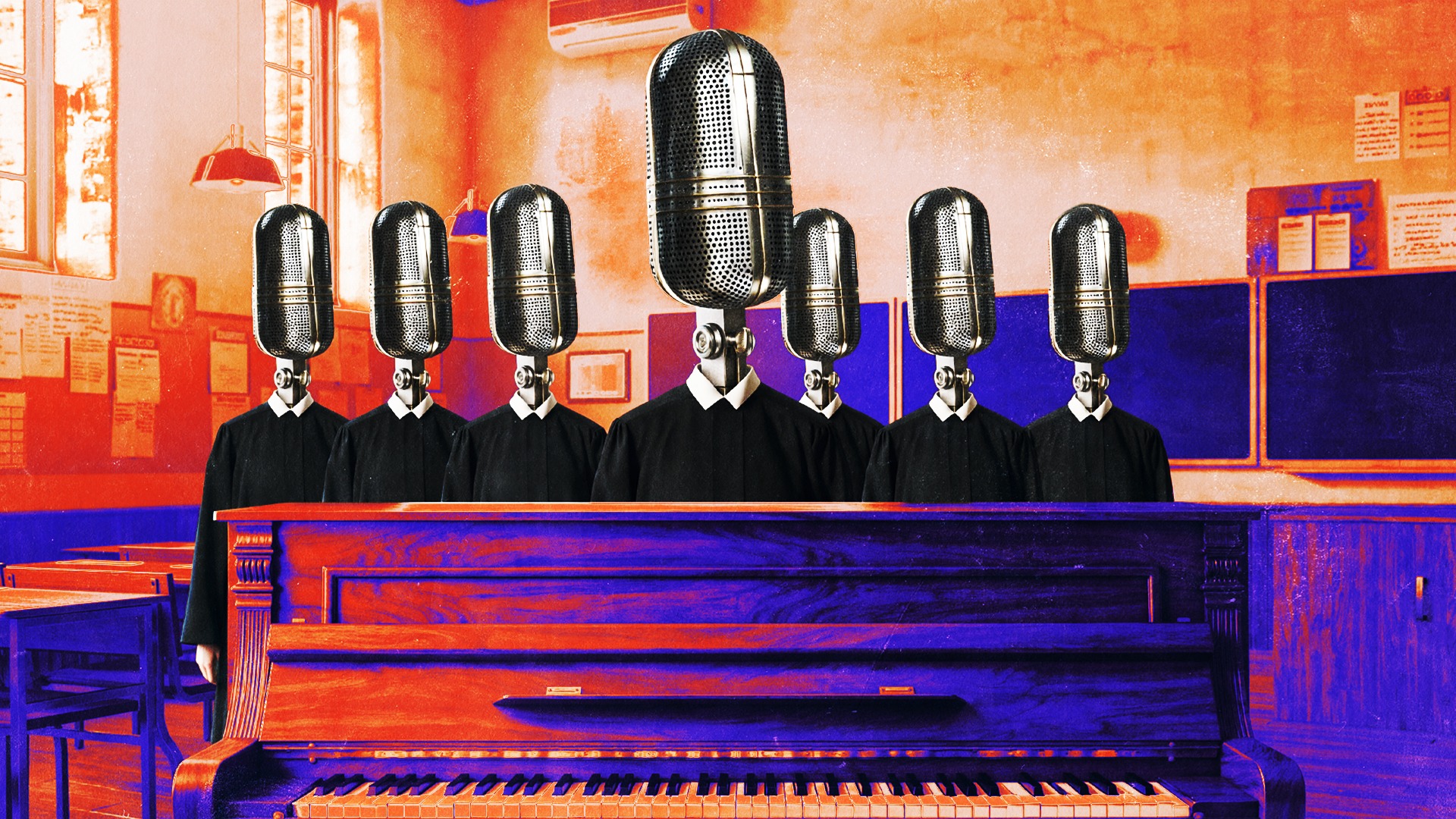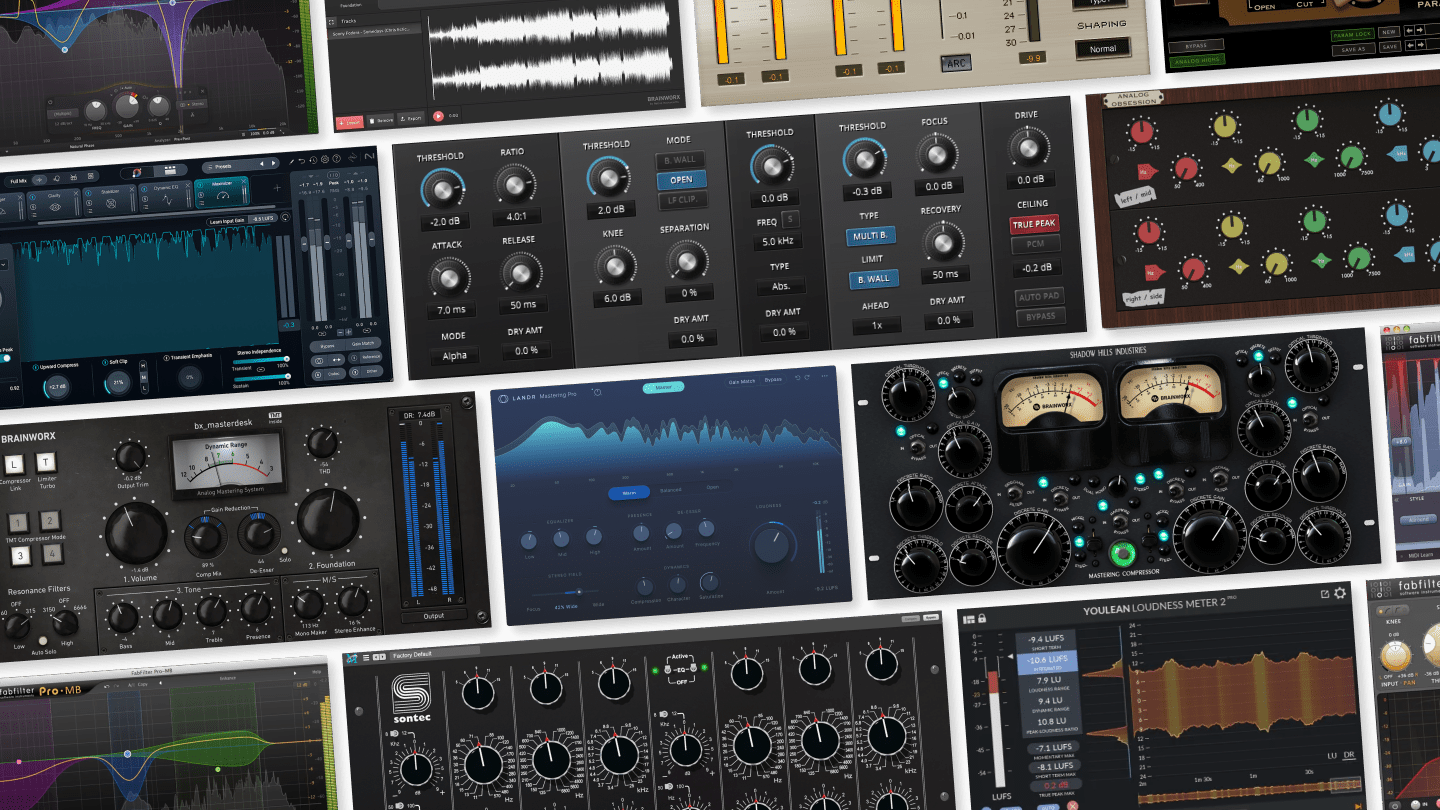
Meta Campaigns for Musicians: How to Promote Music on Instagram

It’s no secret that social media is a central focus in any music promotion plan, but when it comes to paying for promotion, it’s easy to get confused and waste money an ineffective campaign.
Luckily, Meta, the company that owns Instagram and Facebook, has built smart tools that make it easier than ever to target the right audience and encourage them to take a specific action.
If you’re wondering when and how to promote your tracks on Instagram with the help of a paid Meta campaign, you’re not alone.
In this article, we’ll explore everything you need to start an effective campaign, from the assets you need to start with to the various types of campaigns you may want to run.
Ready to learn how to set up a successful Meta campaign? Let’s dive in!
What you need to get started
To start an effective ad campaign, you need a handful of important pieces. Some are easy to set up, others take a bit of work.
In brief, an effective Meta campaign starts with:
- Your best music
- A specific and realistic goal
- Visuals and videos
- A landing page
- A Meta account and a budget
Here’s what you need to know about each component in more detail.
Your best music
The first step is the most obvious one: you shouldn’t advertise anything other than your absolute best music.
You’re likely reading this because you know you have something special, but you’re not sure how to bring it to a bigger audience.
Luckily, there are a few suggestions you can follow to identify the best song for an ad campaign.
Since your ad campaign is most likely intended to reach new audiences, put yourself in their shoes and ask yourself what’s the best way to introduce your sound in less than 10 seconds.
A common tip is to pick a shorter song that fits into a radio single format. If you’ve released an album, consider identifying a standout single and focusing your marketing efforts on that one song.
A single that’s ready for advertising starts hot right out of the gate with a hook—whether that’s a vivid lyric, a catchy guitar riff or a wild sound effect, you’ll know it when you hear it.
Try to pick something that evokes a visual aesthetic because your track needs to match up well with…
Visuals, especially video
Instagram and Facebook are overwhelmingly visual platforms. Almost everything that gets traction on both platforms comes in a portrait style, “Instagram Reels” format.
Most of your advertising should focus on pushing videos in that format. At minimum, you’ll need videos that accompany your music in grid feeds, Reel feed and stories.
That’s why picking a song that complements a specific, stand-out video is critical for connecting with new audiences on Instagram.
Here’s a few video formats to consider producing:
- A full music video for your single
- Album cover promotions with an animated background
- Personalized covers
- Lyric videos
- Pre-save, merch and tour campaign videos
Creating a video can be tough, especially if you’re not well-versed in video production.
You may need to work with a video producer to create music videos and social media-friendly visuals that enhance your ads.
Creating video with your smartphone is also a great way to engage your audience on social media, especially if you can find an evergreen video style that is easy to recreate in a series format.
Remember that if a video does well organically on your social media account, it may do well in certain paid campaigns.
A Meta Ads account and a budget
Okay, you have a great single and some visual assets to accompany it in your ads, great!
Now it’s time to create a Meta Ads account and set a budget for your campaign.
Signing up for a Meta Ads account is pretty easy, especially if you already use Facebook or Instagram.
All you need to do is go through the sign-up process at Meta for Business and link the accounts related to your music project that you want to promote.
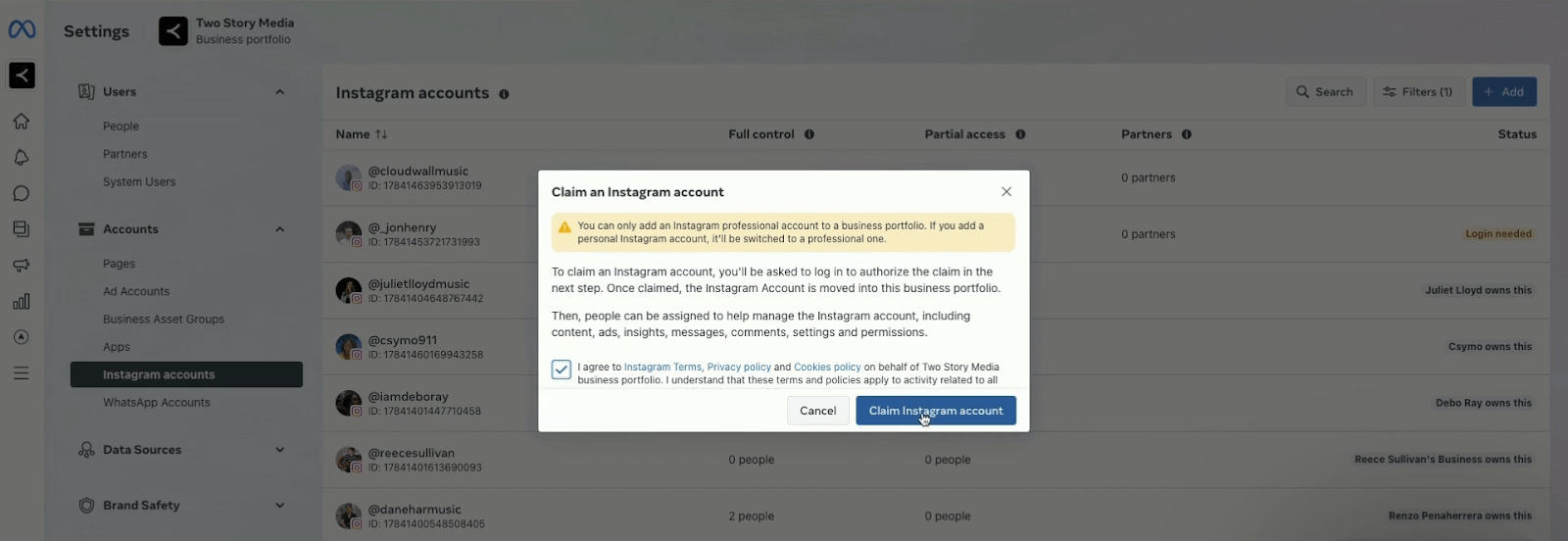
To link your Instagram account, go to Accounts -> Instagram, then go through the sign-in process to verify ownership.
After that, you’ll be able to start building your first campaigns in Meta.
Of course, you’ll need to invest in a budget for your paid advertising campaign.
Meta uses a per-day pricing system, so to get the most out of Meta’s tracking and optimization features, you should allocate a minimum of $17 per day ($500 per month) for your campaign.
However, many artists choose to invest a little bit more, typically targeting $33 per day (or $1000) per month.
It can be scary to invest so much money into promoting your project, but if you’re ready to make the next step, it’s important to make the right level of investment at the risk of letting your campaign fall flat.
🧠 Hot tip
A landing page with pixel tracking
For many of the campaigns you’ll run on Instagram, you need a dedicated landing page to which you’ll direct paid clicks.
To track conversions and, more importantly, give Meta a conversion goal to optimize for, the landing page you create must have a Meta pixel embedded in it.
When you set up a Meta campaign, you can set up a conversion goal that’s tracked by the Meta pixel on your landing page.

To link the Meta pixel on your landing page you need to create a new data set in the Datasets section of Meta Ads. There you'll link the unique identifier code found on your landing page.
In most cases, you’ll either set up conversion goals for clicks or purchases.
Once you set these goals, Meta will track the paid clicks it sends to your landing page, and when it finds users who take the specific action you’ve outlined in your campaign, Meta’s advanced algorithms will optimize ad targeting based on successful conversions.
Many services offer pre-made landing pages designed specifically for artist-related campaigns with customizable streaming platform links or merch and ticket sales.

In this example landing page from Hypeddit, you can see how the landing page offers tracking codes for both Google and Meta. This is the code you will use to link performance from Meta ads to your landing page.
Plus, these landing page templates typically offer design options to showcase your specific brand, look and feel.
Feature.fm and Hypeddit, in particular, are great, low-cost artist landing page services that offer Meta pixel tracking at a fair price.
A specific and realistic goal
As you may have noticed, Meta works best when you have a specific goal for your campaign.
That’s because Meta’s advanced algorithms work incredibly well when they have a specific goal to optimize for.
So, before you start a campaign, make sure you know exactly what you want your campaign to achieve.
A few common goals for various Meta campaigns include:
- Boosting a recent album launch to a wider audience
- Plays and saves on streaming platforms
- Pre-save campaigns ahead of an album or single launch
- Selling tour tickets and artist merch
Let’s take a look at how each one is set up and optimized more closely!
🧠 Hot tip
Types of Meta campaigns for musicians
Here are a handful of music promotion campaigns that artists tend to use on Meta, each one with its own specific goal.
Boosted posts
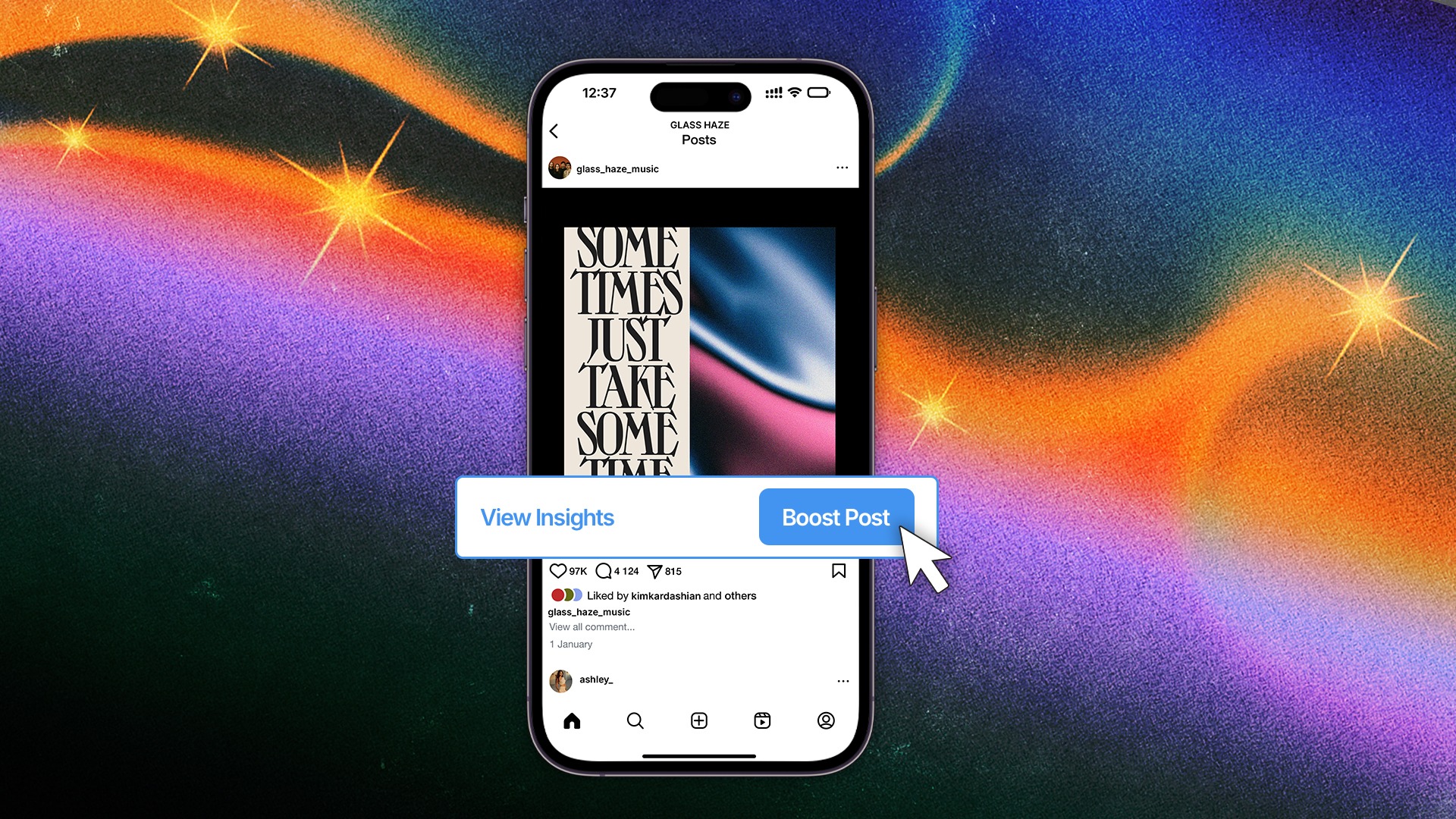
Boosting posts is the simple and easy option for getting started with paid promotion on Instagram or Facebook.
It’s a great starting point, especially if you have a smaller budget and aren’t set up for a more complex campaign with conversion goals.
When you boost a post on Instagram, your goal is to reach as many relevant accounts as possible.
It works well when you’ve recently released an album or single and are looking for ways to make sure your new tracks are reaching as many ears as possible.
Considering that Instagram won’t show your content to all of your followers, boosting posts guarantees your followers and fans will know about your new release.
But the target audience for boosting your new release goes well beyond your followers, especially because Meta allows you to target followers of other accounts and target demographics.
A common strategy is to target followers of more established artists that sound similar to you, while isolating important geographical areas and demographics that could resonate with your sound.
Boosted posts drive added engagement, so if someone likes or comments on a boosted post, follow them since they’ll be very likely to follow you back.
Play and save campaigns
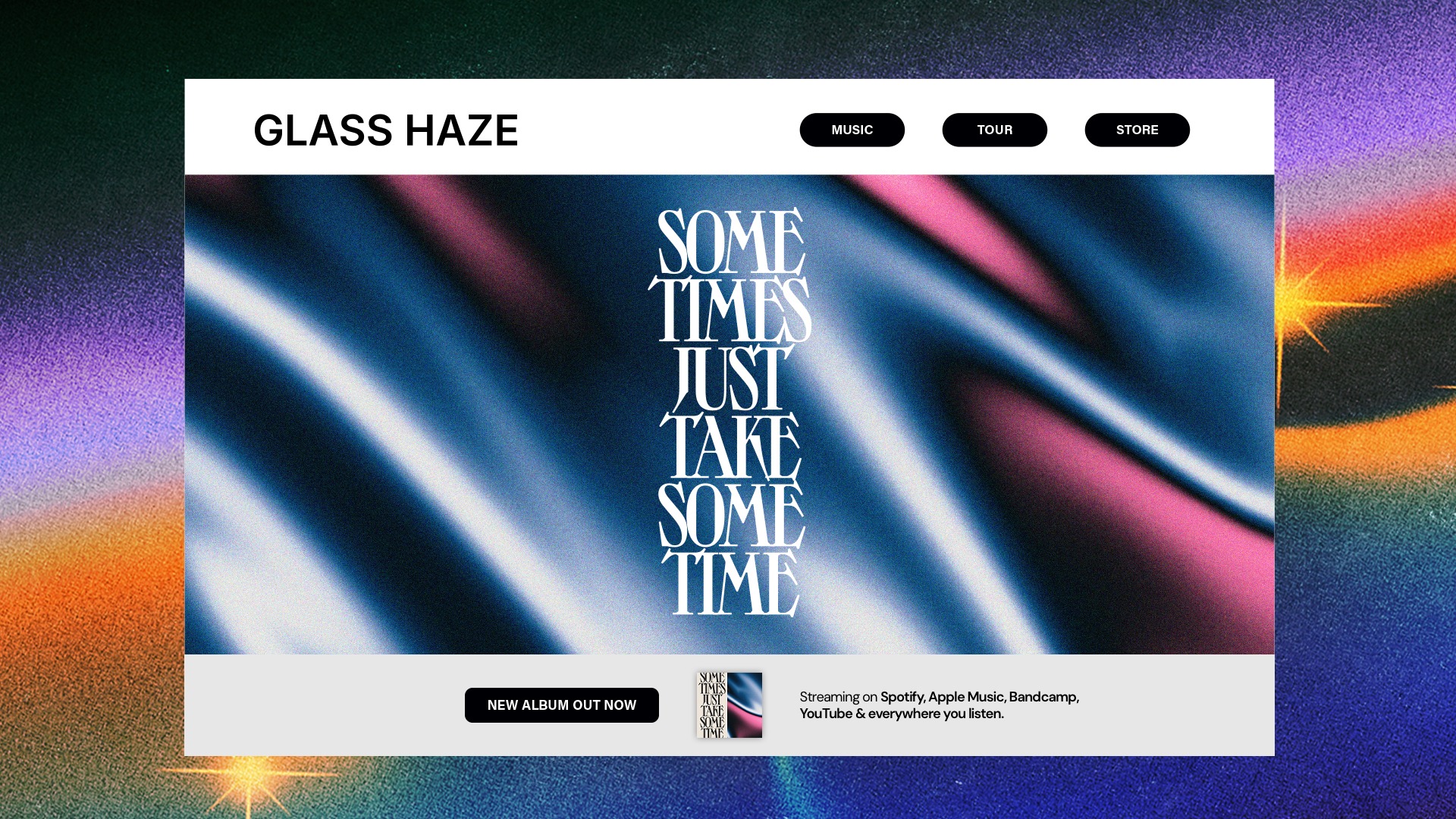
The rest of the campaigns covered in this article require a landing page with a Meta pixel to work as effectively as possible, and the play and save style campaign is no exception.
The goal of these campaigns is to get anyone who clicks your ad to save your track to their library in Spotify, Apple Music, YouTube Music or any other streaming platform.
In Meta Ads, you’ll have to set up a campaign with a Website click conversion goal. This kind of campaign will optimize for clicks on your landing page, meaning it won’t solely target clicks on Instagram.
By optimizing Meta campaigns for clicks on your landing page, you’ll have more control over the direction of clicks, on-page messaging and branding
With that conversion goal in mind, Meta’s algorithms will specifically search for an audience that is most likely to click through to a streaming service from your landing page.
This simplifies the entire process because you guarantee that anyone clicking the ad will find their streaming service of choice and discover more about your project and your music.
When you set up your links, especially the ones to Spotify, make sure you use a song link that automatically starts the track on page load. You can find this link under Share in the drop-down next to the song title on Spotify.
Tour tickets and merch campaigns
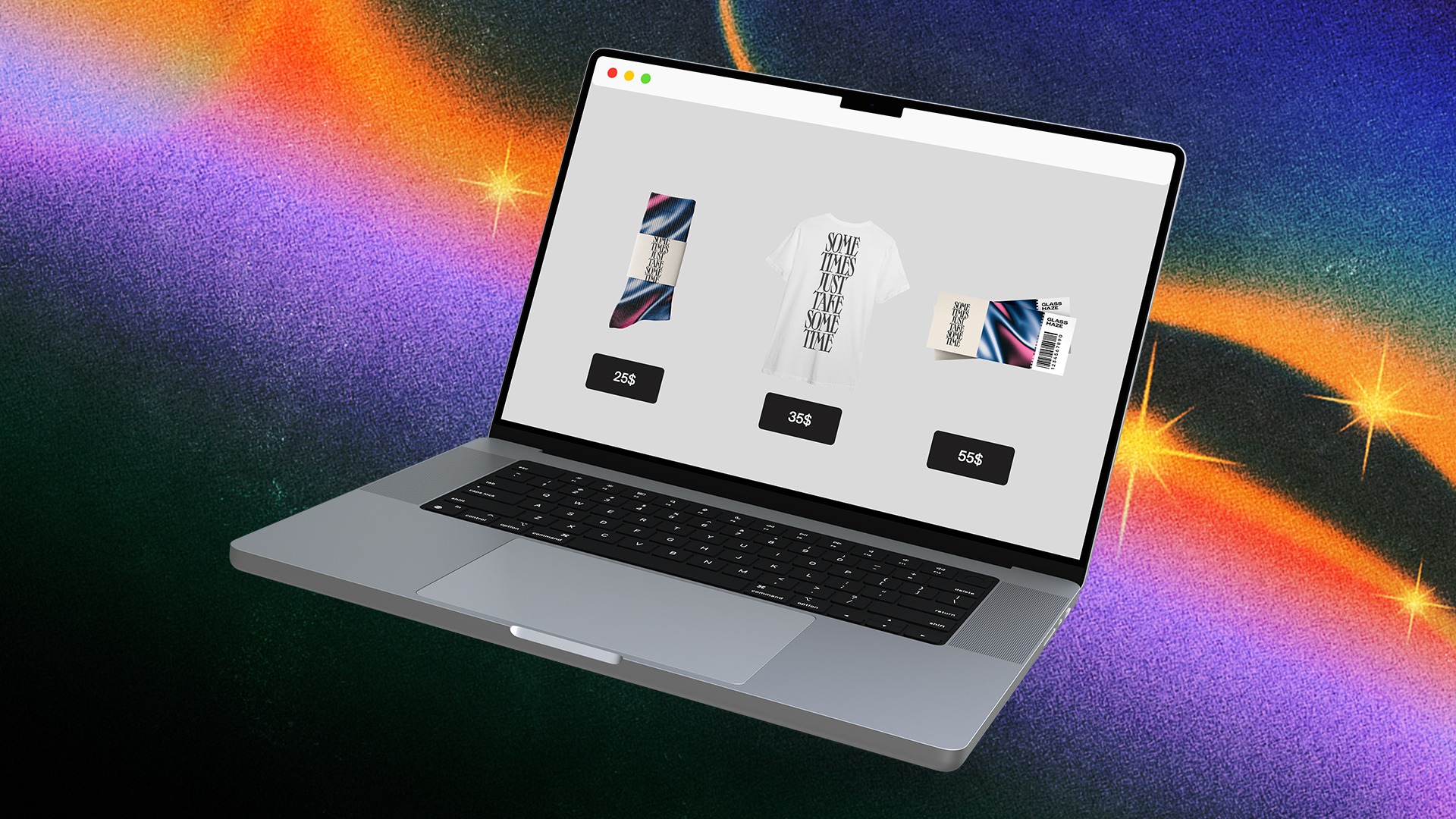
The other style of paid campaign that makes sense for meta ads is advertisements promoting tour tickets and merch.
These campaigns are great because they can translate into real dollars and they can even return your investment into advertising if you optimize them well.
The key is to target existing fans, your followers and audiences that likely already know your music, since it’s hard to convince an unknown audience to purchase tickets or merch.
However, it is possible to optimize your campaign in Meta for e-commerce purchases if you have a landing page and an e-commerce site with an embedded Meta pixel.
So while it makes sense to target your followers, opening your campaign to algorithmic Meta ad placement can help, especially once Meta learns what kind of audience is most likely to purchase from your ads.
These kinds of campaigns work well for more established artists with a larger following, since at larger scales, Meta will be able to identify and advertise to product-purchasing fans who aren’t necessarily followers.
But if you have merch and tour tickets to sell, you’re probably an established artist with enough fans to justify touring or a merch run.
Sometimes you gotta pay to play
Alright, we’ve covered the basics of setting up a successful Meta campaign and we’ve explored some basic ideas for the kinds of campaigns you can run.
Of course, the most important part of advertising your tracks on Meta is to start with your best music. So don’t lose focus on doing what you love: writing and producing your sound!
When the time comes to get to the next level and promote your music, you’ll be ready to share your sound with the world.
Good luck with your next Meta campaign!
Gear guides, tips, tutorials, inspiration and more—delivered weekly.
Keep up with the LANDR Blog.




